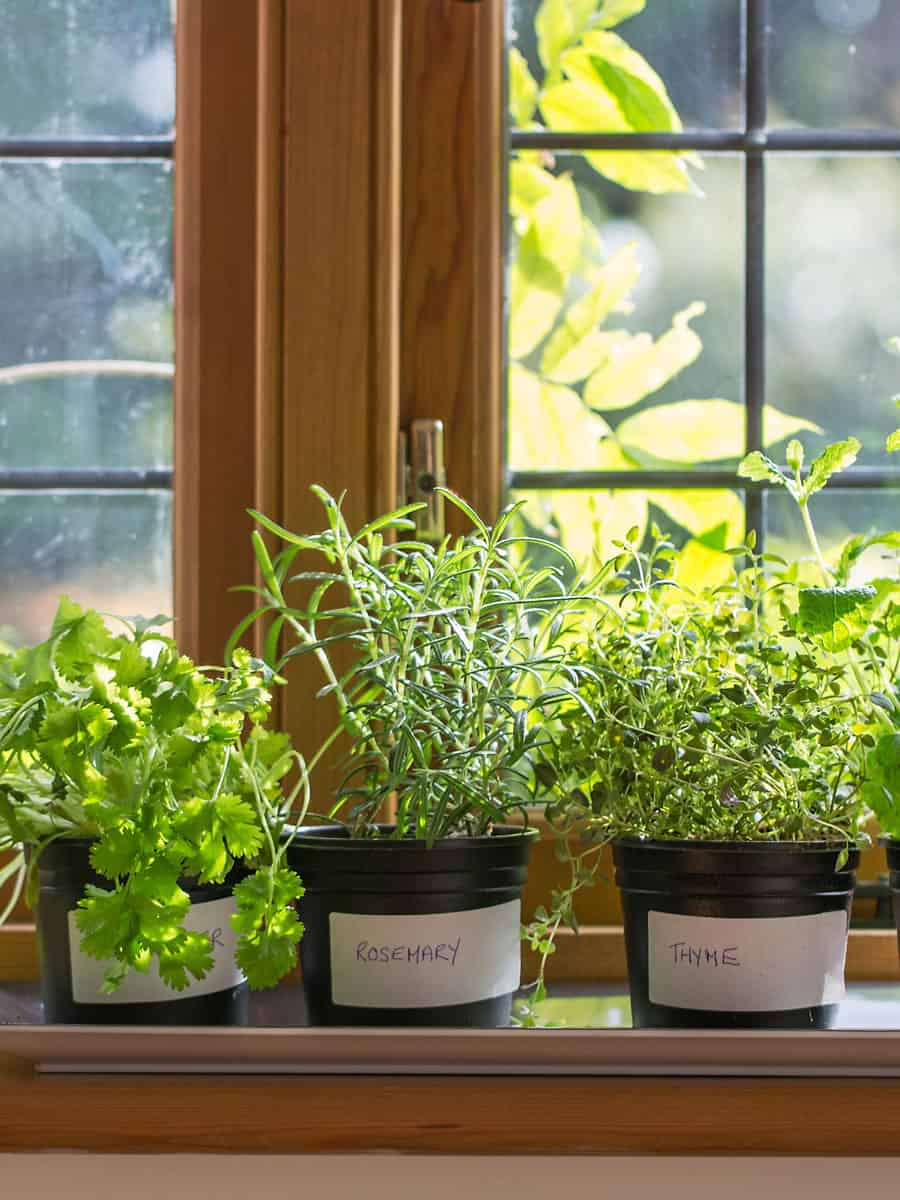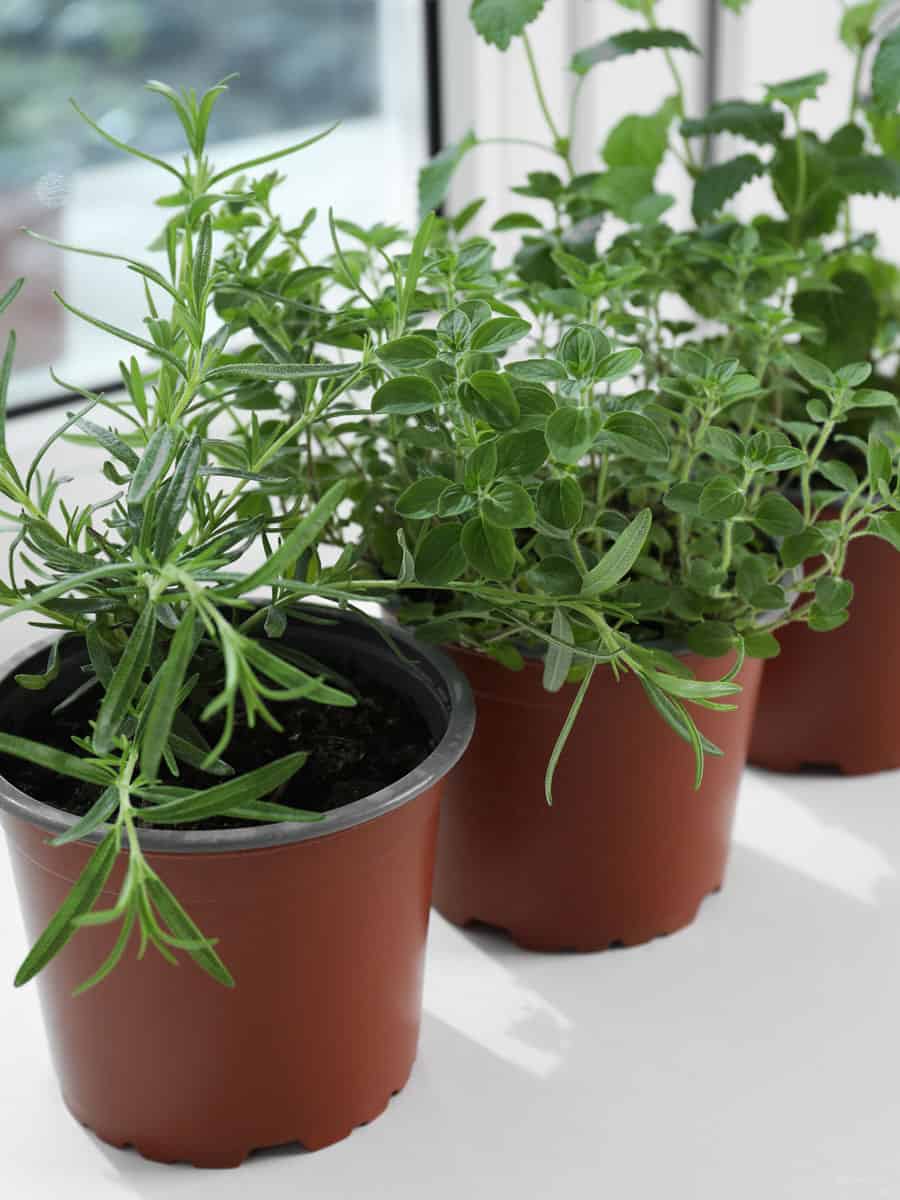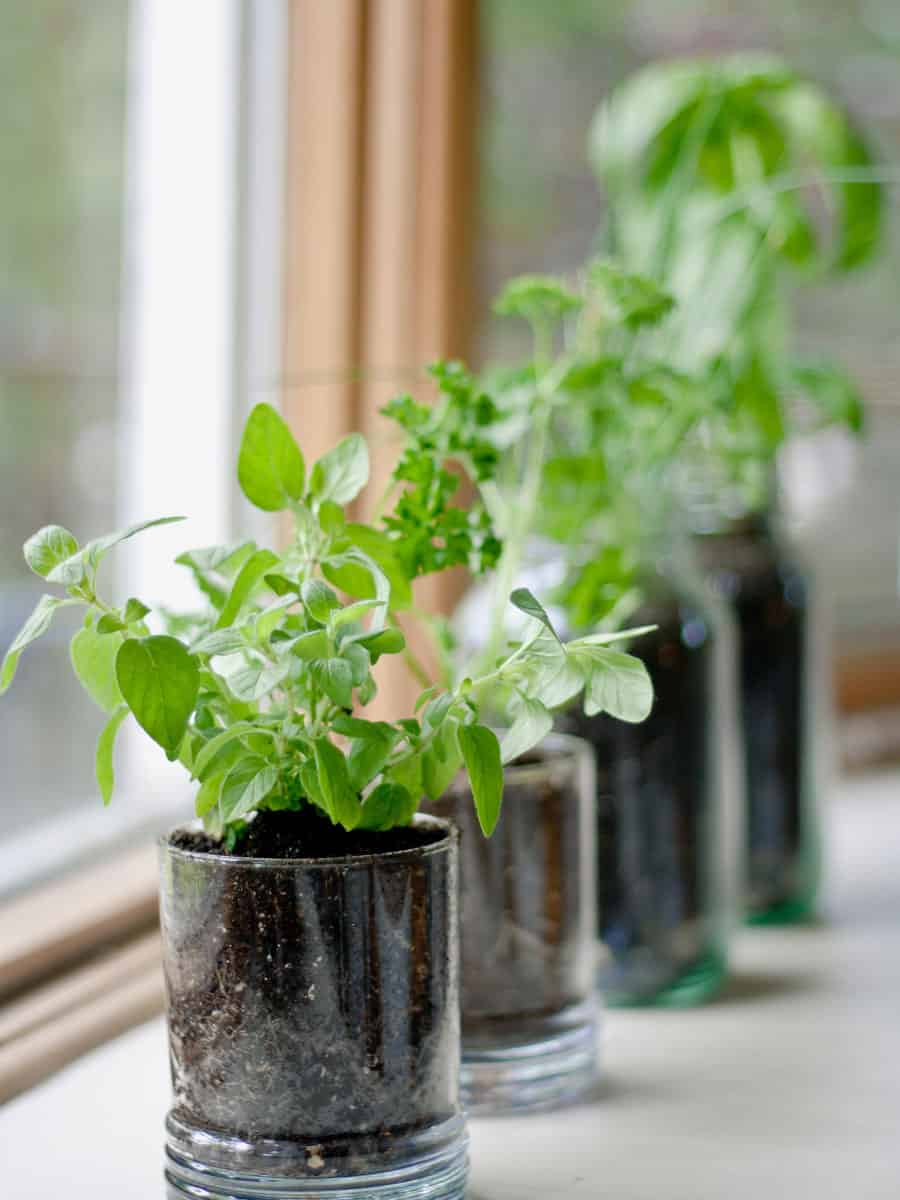Are you struggling with dim, low-light areas in your home or garden but still dreaming of growing your own herbs?
Nurturing plants where sunshine is a bit shy can be tricky, but it's absolutely doable!

Low light can significantly impact how an herb grows. Under these conditions, you may notice slower growth rates, as plants prioritize other processes over rapid expansion.
Herbs grown in low light often have larger, but fewer, leaves as they attempt to capture as much light as possible.
Flowering and the production of flavorful oils may also be reduced, affecting the taste and robustness of your herbs.
Here are smart strategies that'll help you grow a vibrant herb garden, even in those cozy, less-lit corners of your space.
1. Choose the Right Herbs for Low Light
When you're looking to grow herbs in low-light conditions, it’s essential to select varieties that can thrive.
Here are some of the top picks for herbs that tend to perform well in low light conditions:
- Mint
- Chives
- Parsley
- Thyme
- Lemon balm
- Winter savory
Remember, "low light" doesn't mean no light. These herbs still need some light to grow, whether it's from a dimly lit window or supplemented by grow lights.

2. Improving Light Quality
Your herbs will need sufficient light to grow, even if it's not direct sunlight. Here are some of the things you can do to add more lighting.
Artificial Lighting Options
Artificial grow lights offer a spectrum of light that simulates natural sunlight, essential for photosynthesis in your herbs.
Look for LED grow lights or fluorescent bulbs as they are energy-efficient and produce less heat.
LEDs come in various spectrums; for herbs, choose a full-spectrum LED light which covers all the wavelengths plants need. Fluorescent options like T5 or T8 bulbs are also great for herbs.
Position the lights about 6 to 12 inches above your plants to mimic the sun's intensity.
Maximizing Natural Light Exposure
To take full advantage of whatever natural light you can access, position your herbs near an east-facing window where they can receive gentle morning light.
If a window isn't an option, reflective surfaces such as mirrors or foil can be positioned to bounce back sunlight onto your herbs.
Remember that even with low-light herbs, most require at least six hours of light daily, so complement with artificial lighting if necessary.
Keep your herbs' leaves clean to ensure maximum light absorption. Rotate your plants regularly to give all sides even exposure.
3. Adjusting Watering Techniques
Herbs in low light may require less water due to slower evaporation rates.
Use your finger to test the top inch of soil and only water if it feels dry. Overwatering can suffocate roots and cause fungal issues, so aim for moist, but not wet, soil.
Consider a watering schedule or self-watering planters to provide consistent moisture without the risk of overwatering.
4. Temperature and Humidity Considerations
Maintain a consistent temperature between 60-70°F for optimal herb growth. Avoid placing herbs by cold windows or drafts.
Herbs generally prefer a humidity level of about 50% or higher. If your air is dry, a small humidifier can help, or placing a water tray near your herbs can increase local humidity.
Be mindful that too much humidity can lead to mold, so ensure good air circulation around your plants.
5. Soil and Nutrition Management
When cultivating herbs in low light conditions, proper soil and nutrition management are crucial for your plants to thrive.
Selecting the Right Soil Mix
Your herbs will need a soil mix that provides excellent drainage while still holding enough moisture to prevent stress.
Loam soil, a balanced blend of sand, silt, and clay, is often considered ideal because it retains moisture yet drains well.
For low light situations, incorporating plenty of organic matter (OM) can increase the soil’s ability to hold on to nutrients and water.
Fertilization Strategies
Herbs don't usually require as much fertilizer as other plants, but in low light conditions, you should optimize the nutrients they do receive.
Apply fertilizer according to the product's instructions, focusing on the nutritional needs of your specific herbs.
For faster growth, check out these 4 Essential Tips to Speed Up the Growth of Your Herbs.
6. Container and Space Utilization
When growing herbs in low light, selecting the right container and making efficient use of your space can greatly impact the growth of your plant. Here are some tips:
Choosing Appropriate Containers
Choose containers with good drainage to prevent waterlogging, which can harm your herbs' roots.
Pots made of materials like ceramic or terra cotta, which help regulate soil moisture are highly suggested.
Larger containers allow for more soil, which can retain moisture and nutrients better—but remember, the bigger the pot, the less often you'll need to water.
Space-Saving Arrangements
Maximize your growing area by arranging containers to take advantage of the available light.
Use stands or shelves to create tiered levels so that all plants receive some light without shading each other too much.
Hanging planters can also be a great way to utilize vertical space and can be positioned closer to light sources if needed.
7. Care and Maintenance Routines
Successfully growing herbs in low-light conditions requires attention to detail and regular care.
Pruning and Harvesting Methods
Pruning is essential to keep your herbs healthy, encourage growth, and prevent them from becoming leggy.
Regularly trim the tops of your herbs to promote bushier plants. When harvesting, cut above a set of growing leaves to allow the plant to branch from that point.
For herbs like basil or mint, which can grow quickly, you will want to harvest the upper leaves first, as this helps maintain a compact and manageable shape.
Ensure that you don't remove more than one-third of the plant at any one time to prevent shock.
Pest and Disease Prevention
Even in low-light conditions, your herbs are susceptible to pests and diseases. To prevent these issues, introduce a consistent inspection schedule.
Check weekly for signs of pests or disease, paying particular attention to the undersides of leaves.
If pests are present, you can remove them manually or use soapy water as a gentle insecticide.

As for diseases, ensure adequate air circulation around your plants, which helps in reducing moisture on the leaves and stems.
If a plant does become diseased, isolate it immediately to prevent the spread and address the problem according to the specific disease at hand.
If pests are a constant problem, you might want to check out this list of 10 Amazing Herbs That Repel Unwanted Insects.
Enjoy Your Herbs Indoors!
Successfully growing herbs in low light conditions is definitely within your reach.
Always remember that herbs are adaptable and many can thrive even with less than ideal light conditions. Consistency in care is key.
With thoughtful selection and attentive care, your low-light herb garden can flourish, providing you with fresh flavors just a few steps away in your own home.


